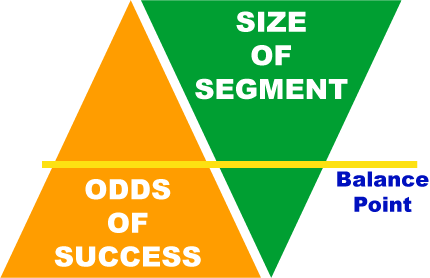 Education Channel Partner published a story I wrote about partnerships for companies that serve the education market. Whether you are a textbook publisher, an education technology developer, a fellow management consultant, or a reseller/dealer I hope you will find some useful ideas in the article. Think of it as Business Development 101 for education.
Education Channel Partner published a story I wrote about partnerships for companies that serve the education market. Whether you are a textbook publisher, an education technology developer, a fellow management consultant, or a reseller/dealer I hope you will find some useful ideas in the article. Think of it as Business Development 101 for education.
Too many partnerships fail because the partners didn’t work through all the questions they needed to address individually and mutually. This article attempts to lay out a process for evaluating partnerships and a partnership taxonomy to help determine what kinds of partnerships are right for your company. It draws on my experiences at Apple, Chancery, Pearson, and Harcourt.
From the blurb:
 The Education Business Blog
The Education Business Blog


 What do large school districts need from ed-tech providers?
What do large school districts need from ed-tech providers? 

 Picking a good target market is a balancing act. The smaller your market the higher your odds of success in targeting specific needs. However, that has to be weighed against the financial objectives of the business. You can’t get so small that you define yourself out of a job! Think of this as two forces that are inversely proportionate. Your goal is to find the right balance point.
Picking a good target market is a balancing act. The smaller your market the higher your odds of success in targeting specific needs. However, that has to be weighed against the financial objectives of the business. You can’t get so small that you define yourself out of a job! Think of this as two forces that are inversely proportionate. Your goal is to find the right balance point.